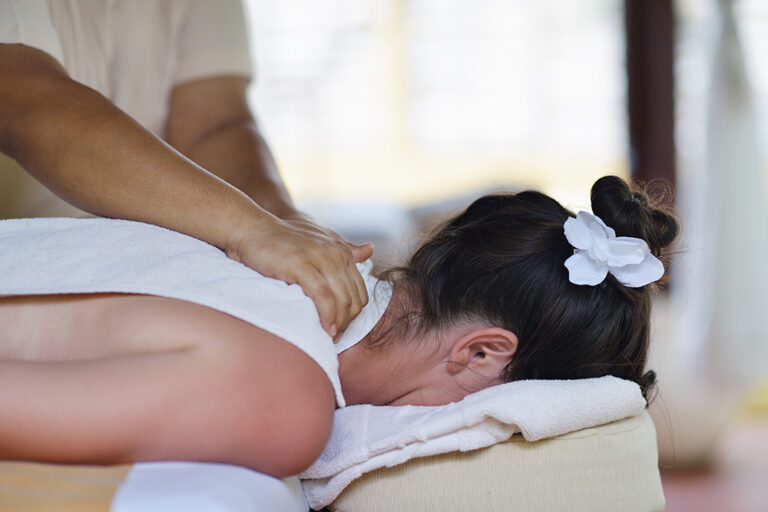How to Properly Break In New Running Shoes

Breaking in new running shoes properly is essential to prevent discomfort, blisters, and potential injuries. Whether you’re an experienced runner or just starting, following these steps will ensure your transition to new running shoes is smooth and comfortable.
1. Gradual Increase in Wear Time
When you get a new pair of running shoes, it’s tempting to lace them up and hit the pavement for a long run right away. However, this can lead to discomfort and blisters. Instead, start by wearing them for short periods during your daily activities. This allows your feet to adjust to the new support and cushioning provided by the shoes.
2. Short Walks or Easy Runs
After wearing your running shoes for short periods during daily activities, gradually introduce them to your workouts. Begin with short walks or easy runs to break them in gently. Pay attention to any discomfort or rubbing and adjust the fit or lacing if necessary.
3. Pay Attention to Hotspots
As you start wearing your new running shoes for longer durations or more intense workouts, pay close attention to any hotspots or areas of discomfort. These may indicate areas where the shoes are rubbing or causing friction. Address these issues promptly to prevent blisters or irritation.
4. Experiment with Lacing Techniques
Different lacing techniques can alter the fit of your running shoes and alleviate pressure points. Experiment with various lacing methods to find one that provides the most comfortable and secure fit for your feet. This can help prevent slippage and ensure a snug yet comfortable feel.
5. Rotate with Old Shoes
If you have a pair of running shoes that you’ve been using regularly, consider rotating them with your new pair during the break-in period. This allows your feet to adjust gradually to the new shoes while still providing the support and comfort of your familiar pair. Additionally, rotating shoes can help extend the lifespan of both pairs by giving them time to air out and recover between workouts.
6. Listen to Your Body
Above all, listen to your body during the break-in process. If you experience persistent discomfort, pain, or signs of injury, it’s essential to address the issue promptly. Continuing to wear running shoes that cause discomfort can lead to more severe problems down the line. Be patient and give your feet time to adjust to the new footwear.
7. Gradually Increase Intensity
Once your running shoes feel comfortable and broken in, you can gradually increase the intensity of your workouts. Whether you’re training for a race or simply aiming to improve your fitness, gradually ramping up the duration and intensity of your runs will allow your body to adapt to the demands placed on it.
8. Take Care of Your Feet
Proper foot care goes hand in hand with wearing the right running shoes. Keep your feet clean and dry, trim your toenails regularly, and moisturize to prevent dry, cracked skin. Additionally, consider wearing moisture-wicking socks to keep your feet dry and reduce the risk of blisters.
9. Replace When Necessary
Even the best running shoes will eventually wear out and lose their support and cushioning. Pay attention to the signs of wear and tear, such as worn-out treads or flattened cushioning, and replace your shoes when necessary. Continuing to wear worn-out running shoes can lead to discomfort, decreased performance, and increased risk of injury.
10. Purchase the Best Running Shoes for You
Getting the right running shoes from online store Runners Need ensures comfort and performance. With a vast selection and expert guidance, runners can find the perfect fit for their feet and running style. Quality, support, and durability are guaranteed, enhancing every stride on the road or trail.
In Conclusion
By following these steps, you can properly break in your new running shoes and enjoy many comfortable miles on the road or trail. Remember to listen to your body, take it slow, and prioritize comfort and fit above all else. With the right approach, your new running shoes will soon feel like an extension of your feet, propelling you to new heights in your running journey.





